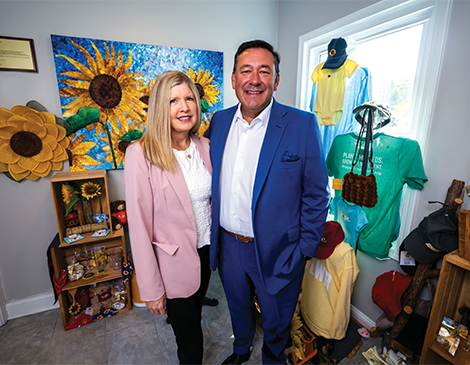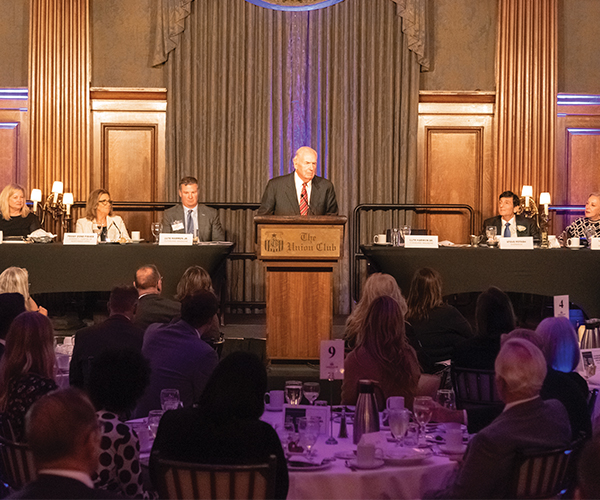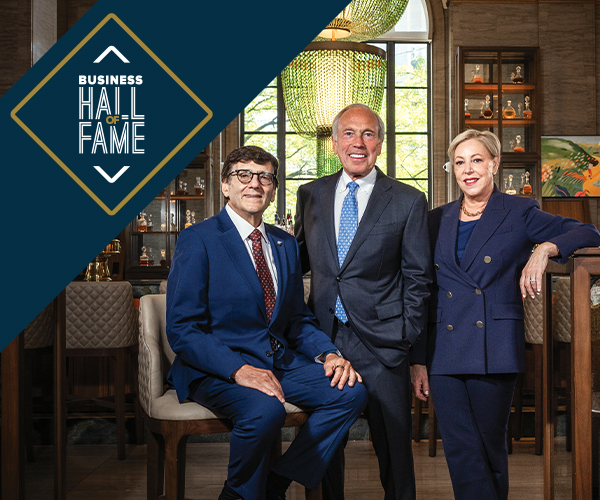There were so many tests and appointments — for bloodwork, for radiation, to meet oncologists. Between them all, 6-year-old Maria would befriend the other children being treated for cancer in the waiting room. She still had her soft chocolate brown hair, but many of the other kids, suffering from leukemia, were bald. So Maria went home at night and prayed for them.
“At first, this was very frustrating for me,” says Maria’s dad, Ed McNamara. “How about you pray for you? She was so selfless that it crushed me. It was humbling. And that’s because she was just better than us.”
Ed knew that Maria had something worse than leukemia — a glioma brain tumor, which takes the life of over 97% of its victims within three years. She died on July 14, 2007, a little over a year after being diagnosed. It left Ed and his wife, Megan, in a pit of grief they never imagined climbing out of, but it also left them with a mission.
“We have to do something to help these kids,” Ed remembers saying. “Because Maria told us to.”
That was the start of Prayers From Maria, which has since generated more than $12 million for childhood cancer research while also getting the message out — with the help of cheery sunflower fields — that not nearly enough is being done to save the one of every 263 children who will get cancer before the age of 20. The outlook for pediatric brain cancer was even more bleak.
“When Maria was first diagnosed there was absolutely nothing being done to help these kids,” says Megan, who serves as the foundation’s unpaid executive director. “Organizations like ours have pushed the needle with government to increase funding for kids. That gives me hope, but we have a huge, long path in front of us.”
One of the challenges facing Maria was that her tumor could not be biopsied. “They didn’t really understand the beast they were dealing with,” Megan says.
With the help of a $200,000 Prayers From Maria grant, the Dana-Farber Cancer Institute in Boston launched the largest genomic analysis to date of pediatric brain tumors. It’s not a cure, but it’s a start. “They discovered how to attack these tumors,” Megan says.
More has been done in the last five years than the last 50 to combat childhood brain cancer, according to Ed, who expects artificial intelligence and global collaboration to lead to exponentially more advances in treatment in the next five years. “It’s insane what technology is going to be able to do in medical research.”
So, yes, there is hope, but it’s always mixed with sadness — and not just for Maria.
Nearly half a million sunflower seeds are planted every year at Maria’s Field of Hope in Avon and at Cedar Point. Paths cut through the flowers lead to photos of children fighting cancer and also prayer cards that can be filled out and pinned to flowers.
“It’s a solemn place of awesomeness,” says Ed. “Everyone who visits it for the first time comes out saying they were praying.” And that, says Ed and Megan, is exactly what Maria would want.
Visit prayersfrommaria.org for more information of Maria’s Field of Hope and on the nonprofit’s annual fundraisers.




